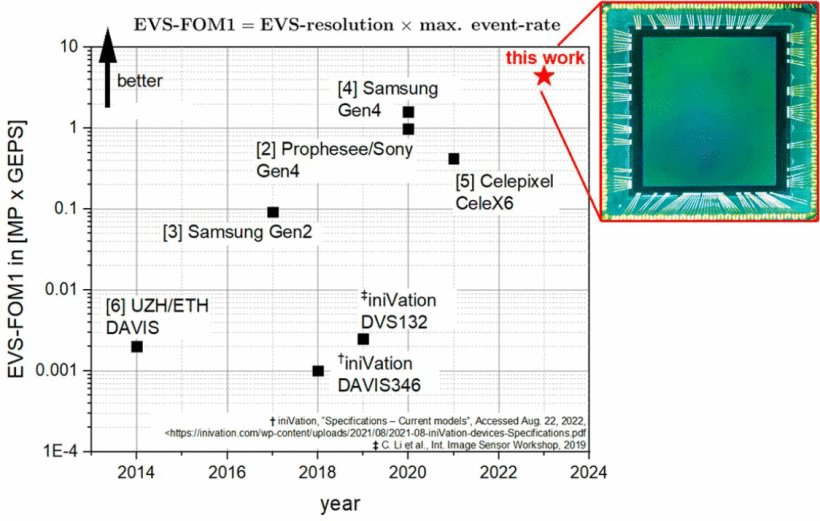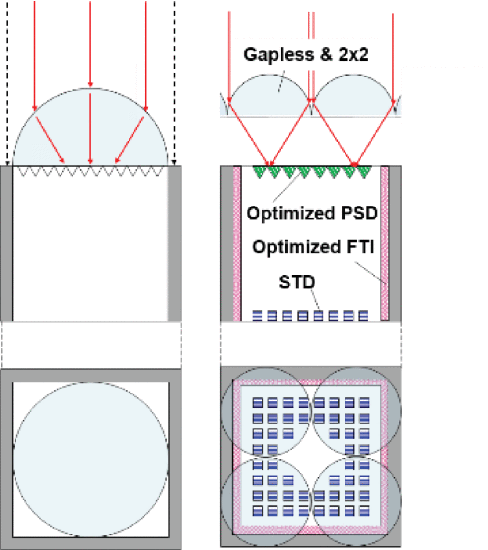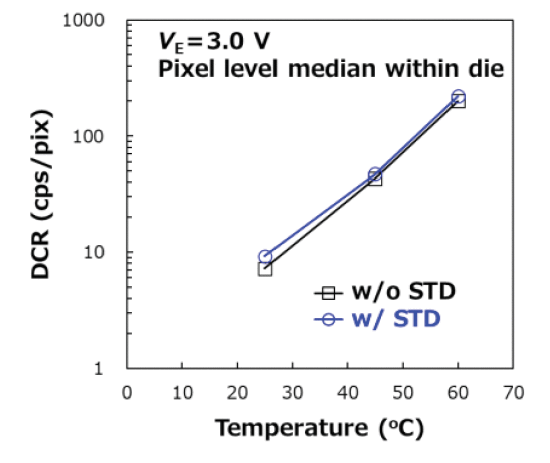Annoucements below from (1) Orbbec and (2) MagikEye about their upcoming CES demos.
Orbbec releases Persee N1 camera-computer kit for 3D vision enthusiasts, powered by the NVIDIA Jetson platform
Orbbec’s feature-rich RGB-D camera-computer is a ready-to-use out-of-the box solution for 3D vision application developers and experimenters
Troy, Mich, 13 December 2023 — Orbbec, an industry leader dedicated to 3D vision systems, has developed the Persee N1, an all-in-one combination of a popular stereo-vision 3D camera and a purpose-built computer based on the NVIDIA Jetson platform, and equipped with industry-standard interfaces for the most useful accessories and data connections. Developers using the newly launched camera-computer will also enjoy the benefits of the Ubuntu OS and OpenCV libraries. Orbbec recently became an NVIDIA Partner Network (NPN) Preferred Partner.
Persee N1 delivers highly accurate and reliable data for in-door/semi-outdoor operation, ideally suited for healthtech, dimensioning, interactive gaming, retail and robotics applications, and features:
- An easy setup process using the Orbbec SDK and Ubuntu-based software environment.
- Industry-proven Gemini 2 camera, based on active stereo IR technology, which includes Orbbec’s custom ASIC for high-quality, in-camera depth processing.
- The powerful NVIDIA Jetson platform for edge AI and robotics.
- HDMI and USB ports for easy connections to a monitor and keyboard.
- Multiple USB ports for data and a POE (Power over Ethernet) port for combined data and power connections.
- Expandable storage with MicroSD and M.2 slots.
“The self-contained Persee N1 camera-computer makes it easy for computer vision developers to experiment with 3D vision,” said Amit Banerjee, Head of Platform and Partnerships at Orbbec. “This combination of our Gemini 2 RGB-D camera and the NVIDIA Jetson platform for edge AI and robotics allows AI development while at the same time enabling large-scale cloud-based commercial deployments.”
The new camera module also features official support for the widely used Open Computer Vision (OpenCV) library. OpenCV is used in an estimated 89% of all embedded vision projects according to industry reports. This integration marks the beginning of a deeper collaboration between Orbbec and OpenCV, which is operated by the non-profit Open Source Vision Foundation.
“The Persee N1 features robust support for the industry-standard computer vision and AI toolset from OpenCV,” said Dr. Satya Mullick, CEO of OpenCV. “OpenCV and Orbbec have entered a partnership to ensure OpenCV compatibility with Orbbec’s powerful new devices and are jointly developing new capabilities for the 3D vision community.”
MagikEye's Pico Image Sensor: Pioneering the Eyes of AI for the Robotics Age at CES
From Businesswire.
December 20, 2023 09:00 AM Eastern Standard Time
STAMFORD, Conn.--(BUSINESS WIRE)--Magik Eye Inc. (www.magik-eye.com), a trailblazer in 3D sensing technology, is set to showcase its groundbreaking Pico Depth Sensor at the 2024 Consumer Electronics Show (CES) in Las Vegas, Nevada. Embarking on a mission to "Provide the Eyes of AI for the Robotics Age," the Pico Depth Sensor represents a key milestone in MagikEye’s journey towards AI and robotics excellence.
The heart of the Pico Depth Sensor’s innovation lies in its use of MagikEye’s proprietary Invertible Light™ Technology (ILT), which operates efficiently on a “bare-metal” ARM M0 processor within the Raspberry Pi RP2040. This noteworthy feature underscores the sensor's ability to deliver high-quality 3D sensing without the need for specialized silicon. Moreover, while the Pico Sensor showcases its capabilities using the RP2040, the underlying technology is designed with adaptability in mind, allowing seamless operation on a variety of microcontroller cores, including those based on the popular RISC-V architecture. This flexibility signifies a major leap forward in making advanced 3D sensing accessible and adaptable across different platforms.
Takeo Miyazawa, Founder & CEO of MagikEye, emphasizes the sensor's transformative potential: “Just as personal computers democratized access to technology and spurred a revolution in productivity, the Pico Depth Sensor is set to ignite a similar transformation in the realms of AI and robotics. It is not just an innovative product; it’s a gateway to new possibilities in fields like autonomous vehicles, smart home systems, and beyond, where AI and depth sensing converge to create smarter, more intuitive solutions.”
Attendees at CES 2024 are cordially invited to visit MagikEye's booth for an exclusive first-hand experience of the Pico Sensor. Live demonstrations of MagikEye’s latest ILT solutions for next-gen 3D sensing solutions will be held from January 9-11 at the Embassy Suites by Hilton Convention Center Las Vegas. Demonstration times are limited and private reservations will be accommodated by contacting ces2024@magik-eye.com.















